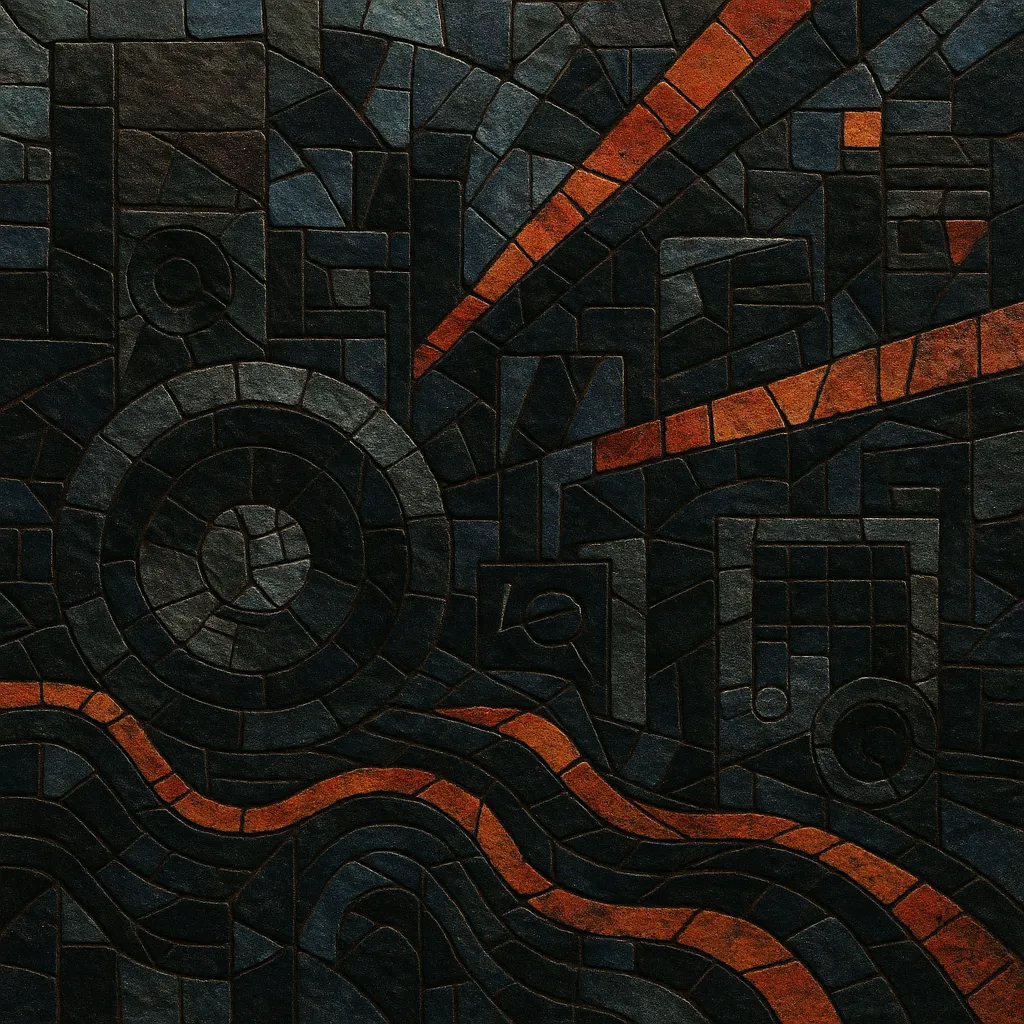UK bass is a broad, club‑focused umbrella for post‑garage and post‑dubstep sounds that prioritise heavy low‑end, syncopated percussion, and experimental sound design. It is less a single rigid rhythm than a producer and DJ culture that centers sub‑bass weight and British club lineage at tempos commonly between 120–140 BPM.
Drawing on UK garage, dubstep, grime, bassline, UK funky, house, techno, jungle, and dub, UK bass folds shuffling grooves, half‑time lurch, and broken‑beat swing into forward‑thinking arrangements. Labels and crews such as Hessle Audio and Night Slugs helped codify its aesthetic: tactile subs, punchy drums, sparse but impactful harmony, and club‑system dynamics that reward both dancers and deep listeners.
As dubstep splintered beyond its original half‑time formulas and UK garage continued to mutate, DJs and writers in the late 2000s began using the term “UK bass” to describe bass‑centric club tracks that did not fit neatly into fixed genres. London clubs like Plastic People (FWD>>), the rise of Rinse FM, and a network of specialist shops and blogs fostered experimentation at the junction of UK garage swing, dubstep sub‑pressure, grime sparseness, and house/techno functionality.
Imprints such as Hessle Audio, Night Slugs, Hemlock, Swamp81, Numbers, and Hyperdub championed a new palette: 130‑ish BPM shuffles, hybrid house/techno rhythms, sharply designed percussion, and immense, sculpted subs. Producers like Joy Orbison, Untold, Pearson Sound, Pangaea, Roska, and Girl Unit explored broken patterns and minimal, percussive hooks, defining a flexible, DJ‑led style more about approach and sound system impact than codified rules.
Through the 2010s, UK bass bled into and from adjacent movements—post‑dubstep songcraft, UK funky’s polyrhythms, techno’s linear drive, and grime’s space—yielding tracks that worked across mixed‑genre sets. Night Slugs and affiliated artists pursued glossy, percussive club architecture; Hessle’s roster pushed austere, experimental minimalism; and crossover acts like James Blake and Mount Kimbie took bass music sensibilities into pop and indie contexts without abandoning sub‑centric production values.
UK bass remains a living methodology within the UK club continuum: system‑minded production at varied tempos, inventive drum programming, and the freedom to hybridise with emerging internet‑borne styles. Its influence is audible in hard drum, deconstructed club, wave, and bass‑heavy house variants, while its core values—sub weight, rhythmic play, and sound design detail—continue to guide cutting‑edge dance music.


